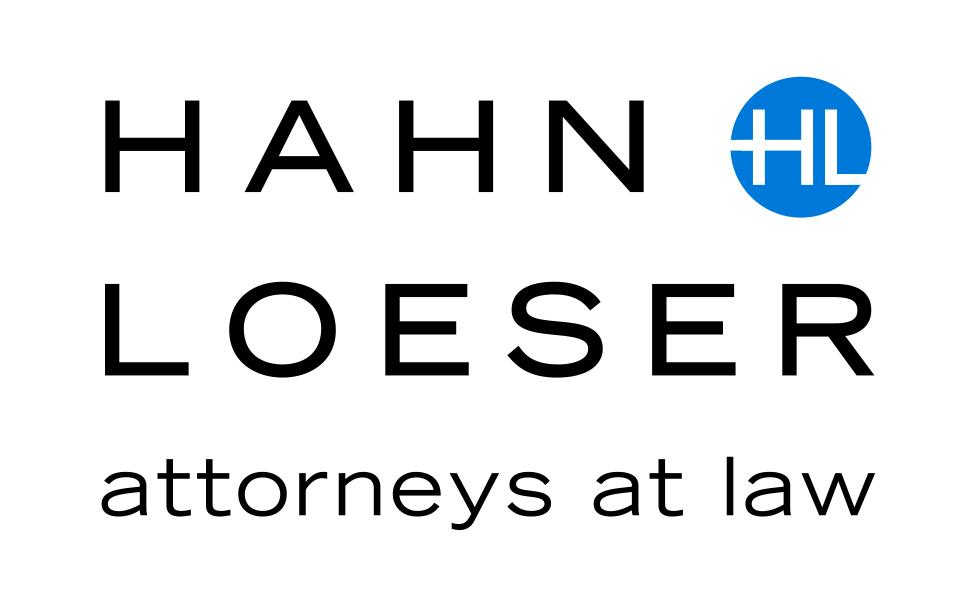Artificial Intelligence will impact construction in ways that are both predictable and unexpected. Similar to technologies such as Building Information Modeling (BIM) and GPS, the use of AI hopes to make construction safer, less prone to error, find issues earlier, and reduce delay and costs. However, AI (like a human) is only as good as the team that trained the AI and is subject to “hallucinations.” Project parties must consider the allocation of risks related to AI in the contract documents, insurance, and how AI issues will be dealt with in disputes.
Future uses of AI in the construction work field may include:
- Worker safety glasses integrated with real time cameras, microphones, sensors, and displays. The cameras/sensors may confirm the correct selection, location, and installation of materials, fasteners, and sealants; monitor project conditions and warn of unsafe conditions; review moisture, heat, and other environmental conditions impacts on in-process work; monitor OSHA and safety issues; and create an overall worker-by-worker record of project progress. Voice recording can also be integrated into the creation of daily construction records. It’s possible that every word spoken on a project is recorded…
- Dirt moving equipment can be set to install via AI, GPS, and intra-equipment communications, permitting a single operator to coordinate multiple pieces of machinery. While humans will be necessary to deal with problems or unexpected conditions, work can otherwise progress in an efficient and coordinated manner as determined in part by the AI. The AI may have been part of the initial bid estimate (reviewing project plans), and then used to perform the work.
In the present, if a worker was negligent in their installation of project materials or grading of materials, and that caused delay or damage, then contract indemnification and insurance provisions are in place to allocate that risk. But what if AI caused the problem? If AI directed the installation of a sealant or fitting in the wrong place, graded the wrong slope, or create an as-built that was inaccurate. What if the owner required the contractor to use a certain AI? Who is responsible: the company using the AI, the operator of the AI enabled machine, or the software creator of the AI? More critical, can insurance be obtained to ensure against this risk?
Risks exist as well in the design side of development. Surely, AI will free architects from initial mundane drafting tasks, permitting them to dream the project and then the AI does the initial design of the project/structure, systems, and operating. A second AI may check the first AI’s work. AI can be trained to look at cost of materials, constructability, availability of materials, energy efficiency, and other factors and create a design that works for the project budget. While a licensed human will likely always be required to stamp any AI created drawings, it may be hard for that human to find AI errors. What is the standard of care when AI is involved? Will the standard of care increase with the use if AI? Will review by AI become a standard design step to capture issues early on?
When there is a problem and arbitration or litigation is required, and AI is alleged to be at fault, that may further complicate any hearing. Discovery on the AI’s use will be necessary, and likely an AI expert involved on:
- How the AI was trained. Was the AI given correct information? As industry standards increase and change, was that AI updated?
- Was the AI’s training biased? Will manufacturer provided AIs be able to work with competitor products?
- Was the AI used correctly? Did the operator understand and properly use the AI enabled tool? Are there records of training and use of the AI? Did the operator blindly rely on the AI, or did the operator critically think about what the AI was telling the operator to do?
Additionally, parties must consider if the AI provider can be joined as a party in any dispute where AI was at fault. Few people today read their software licensing contracts, but they often contain strict notice requirements, limits on liability, disclaimer of warranties, and inconvenient venue provisions. The introduction of AI issues into any dispute may make that dispute more complicated and expensive. Conversely, if AI is monitoring project conditions in real time, abundant evidence will exist to demonstrate exactly what occurred, what was said, and provide audio and video testimony for any hearing.
AI is inevitable, so its use on construction projects needs to be carefully considered. Users need to understand the contract limits of AI, think through its risks, and then endeavor for contracts to allocate those risks. Users also need to review applicable insurance to confirm coverage in the event of an AI related occurrence.



